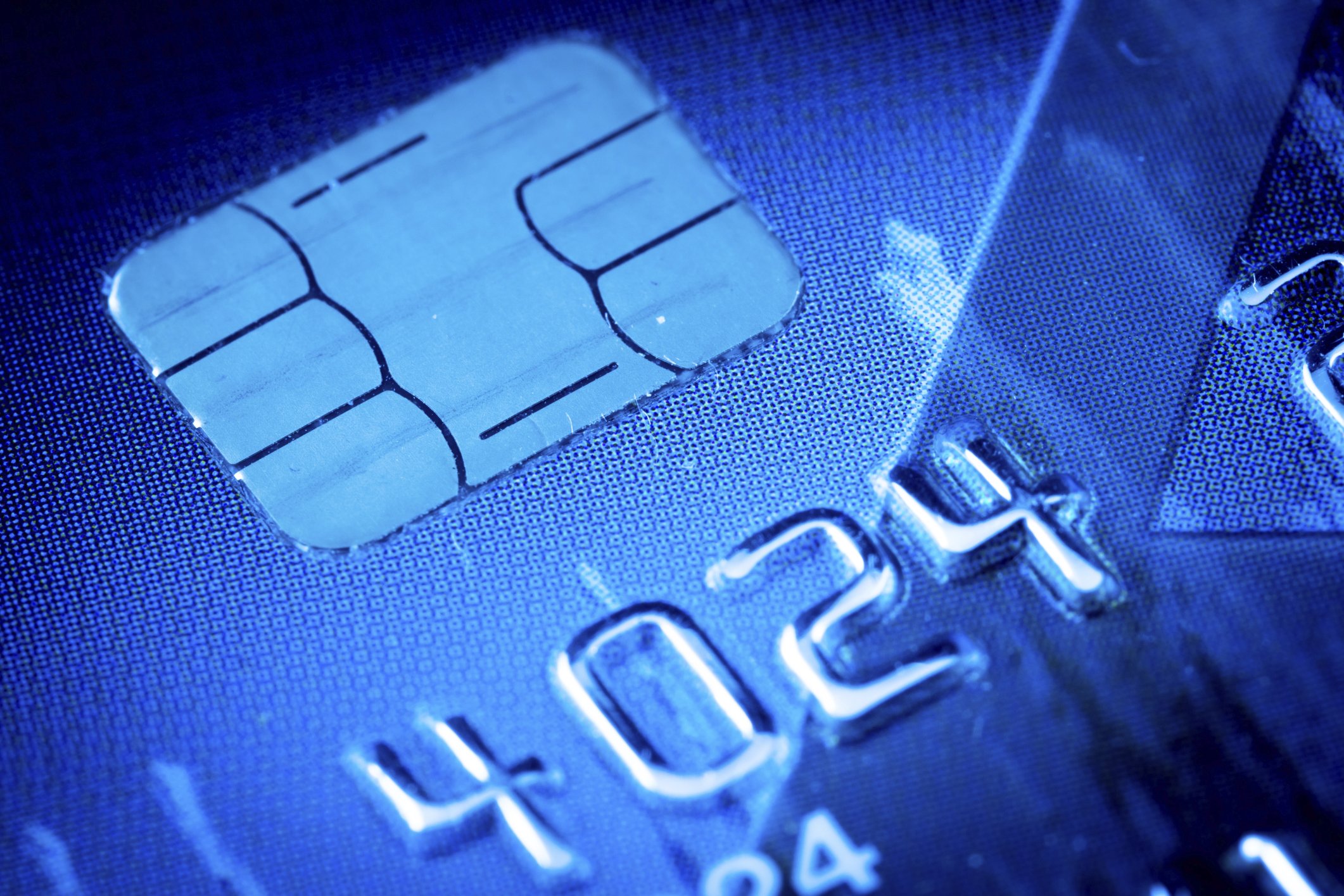 Those fraud-fighting, chip-enabled credit cards seem to be everywhere now and—credit card fraud activity is up dramatically. That might actually be a good thing, however.
Those fraud-fighting, chip-enabled credit cards seem to be everywhere now and—credit card fraud activity is up dramatically. That might actually be a good thing, however.
Retail fraud attempts rose 31 percent during the holiday shopping season, compared to last year, according to fraud-fighting firm ACI Worldwide. The firm says 1 out of every 97 transactions was a fraudulent attempt during December.
Related infographic: Fraudsters adjust to new EMV chip cards.
“Over the 2016 holiday shopping season, merchants experienced significant growth in their digital channels, coupled with a substantial increase in fraud,” said Markus Rinderer, senior vice president, Platform Solutions, ACI Worldwide.
Fraudsters’ job gets harder
That necessarily doesn’t mean bad news. It could be a sign that criminals are being forced to work harder than before to commit plastic card theft.
Or, the flurry could indicate a lot of ongoing “research” by criminals. The shift to so-called EMV credit and debit cards—those equipped with a chip—was always destined to shift criminals away from in-person counterfeit card fraud and toward online card-not-present fraud. The chips don’t stop online fraud.
Banks and merchants are tight-lipped about actual fraud rates, but Gartner analyst Avivah Litan says while fraud activity has risen sharply, she doesn’t believe actual fraud rates are up.
“I’m hearing the same trends from large banks—the percentage of fraud attempts against them is dramatically increasing,” she said. “I’m not sure if the fraudster success rate is up—I don’t think it is—but banks and retailers have to work much harder to keep a steady state of fraud.”
Visa said late last year that the EMV shift has been a raging success. After plenty of fits and starts, there are now 1.75 million merchants in America who are chip ready. Those merchants saw a 45 percent drop in counterfeit fraud within one year, Visa said.
Criminals haven’t caught up
Such a drop was inevitable. Criminals have not yet learned how to reproduce EMV chips so they can mass-produce counterfeit EMV cards, the way they are able to duplicate magnetic-stripe cards. Predictably, criminals have shifted their attention to online fraud, where chips provide no help.
Industry efforts to secure card-not-present transactions, with one-time tokens or other technologies, have yet to stick. That leaves banks and online merchants fighting a different front in the same war.
But Litan is unsure that EMV deserves all the blame for the recent increase in fraud activity.
Beyond EMV
“I think it’s a combination of (things),” Litan said. First on her list is the proliferation of “fraud kits” that budding young criminals can purchase and immediately engage in criminal activity with little or no experience. There are also far more criminals, she said. Criminals working “double time” to deal with security enhancements like EMV also are a factor.
The good news is that large banks and merchants seem to be effectively keeping criminals at bay, Litan said. Her main concern is that smaller merchants will bear the brunt of the increased activity.
“Smaller online retailers are the most likely to suffer since they don’t have the resources to keep up with the new fraud attack trends and they are held liable for e-commerce fraud, which will continue to increase as EMV rolls out in the U.S,” Litan said.
This article originally appeared on ThirdCertainty.com and was written by Bob Sullivan.










